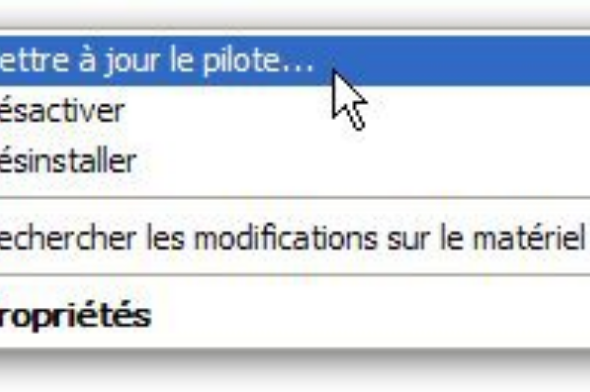Connection to DriversCloudCreate a DriversCloud.com accountReset your DriversCloud.com passwordAccount migration
Installing your drivers
This is the rarest case, but it is not impossible that a driver does not include any installer written by the manufacturer, but that there are system files used for the proper functioning of the hardware.
These files are offered in a compressed file, again usually with the extension ".zip".
Once decompressed (see page 2- Installer in a compressed file) no executable file is present but there are files with the extensions ".inf", ".cat" and ".sys".

To use these files, you must go to the device manager.
-For Windows 7:
Click on the start menu button and then in the search bar type "device manager", this will appear at the top of the list and you can open it by clicking on it.

-For Windows 8 and 8.1:
Unfold the charm bar on the right side of the screen by placing your mouse on the far right to make it appear then click on the search icon.

In the search bar you must type "device manager" so that it appears at the top of the results. All you have to do is click on it to open it.

-For Windows 10:
in the search bar cortana type "device manager" and it will appear (here in the second result). It opens by clicking on it.

Now that your device manager is open (and whatever your version of Windows it will look the same) you can upgrade your driver manually.

To start you need to find the device you want to upgrade, in our example I downloaded the intel network card driver, I can easily find it by unfolding the "network cards" menu. In case of error don't worry, you will be informed that the driver is not compatible with the hardware.

When no driver is installed or when it is not working, a yellow exclamation mark is present. In this example it is an update from a functional driver to a more recent one, however the procedure is identical.
once you have identified the hardware, you need to right-click on it and then click on "update the driver...".

In the dialog window that opens, choose the option "search for a driver on my computer".

Immediately after you will be asked to indicate the folder where the unzipped files are located, the navigation will be facilitated by the "browse" button, once the folder is selected validate by clicking on the "OK" button.

You can now click on the "Next" button so that your Windows system installs the driver.




